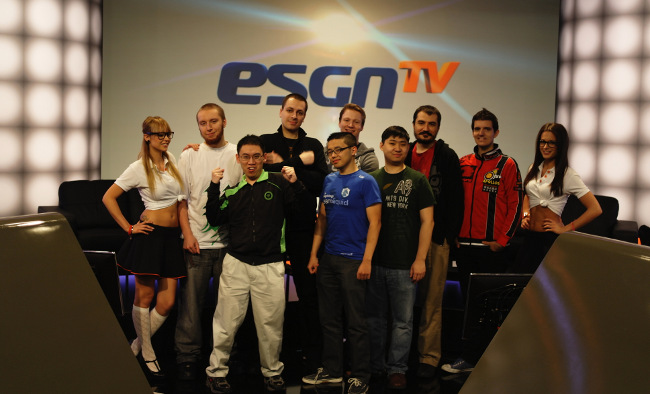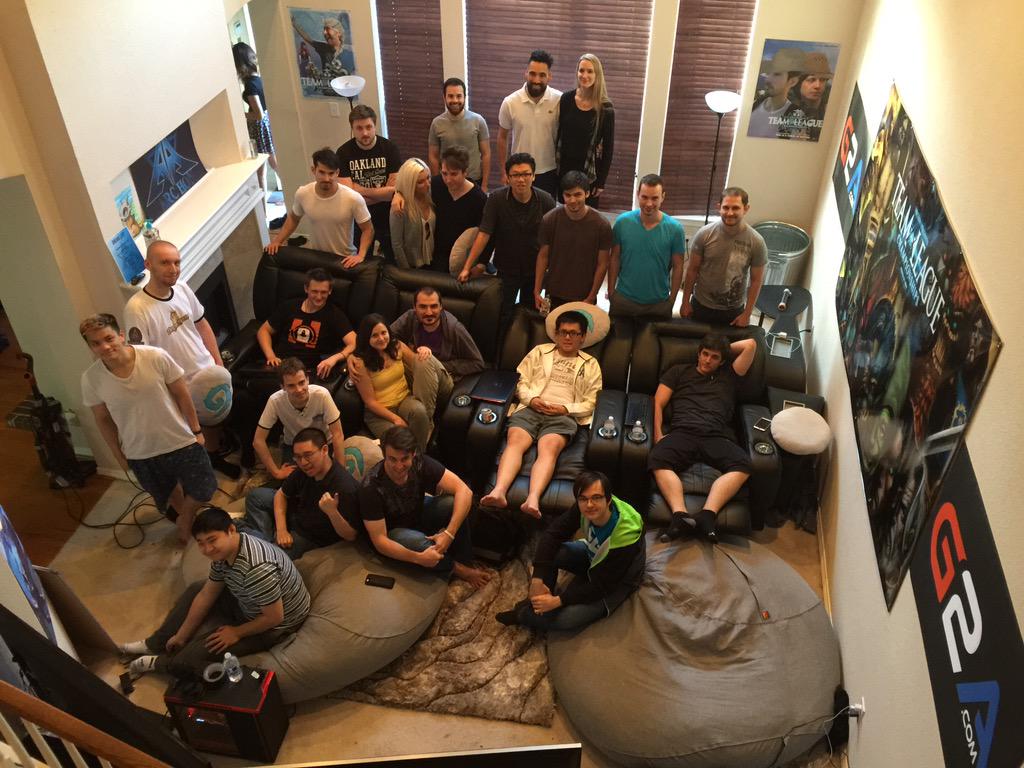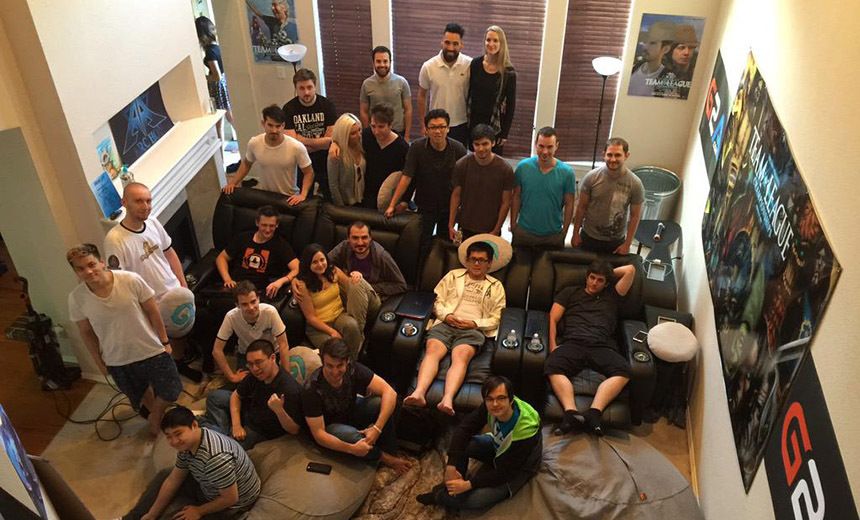
ESGN Fight Night as the first form of team play in Hearthstone back in 2014. Picture: LiquidHearth
Text by: Dylan "TheChiv" K.
About the author: TheChiv's involvement with competitive Hearthstone goes back years, to the days of the first Managrind open tournaments. He's worn many hats including that of content creator, tournament admin and team manager. Currently, he's managing the Hearthstone team of Luminisoty Gaming, produces content on his YouTube and Twitch and is a regular co-host of GosuGamers' podcast The Innervated. You can find him on twitter @LG_TheChiv.
Every discussion in regards to Hearthstone as an eSport always comes back to ‘Look at League of Legends or CSGO’. These comparisons for the most part are flawed, as they are based on team effort and the other the individual. It wasn’t always this way however, as Hearthstone was once played as a team based game. In fact, that team play was one of the driving reasons the game and several players became as popular as they were.
Fight Night was a phenomenon that helped Hearthstone's validity as an eSport.
Back in 2014, ESGN brought us ‘Fight Night’. The production quality was over the top to say the least but it was at heart a true team competition. Many of the streams topped 50-70k with Youtube VODs having between 50k and 500k views. Fight Night was a phenomenon that helped grow Hearthstone not only in popularity, but also in terms of the perceived validity of it as an eSport. This validity came from the fact that the largest games in eSports are team based and thus fans can identify with the teams and build an emotional investment with them.
ESGN’s demise is well documented, however they did many things right, in particular their taking great effort to promote not only the players but the teams participating. Cams for players had the team logos on them, banners hung behind the couches for the teams with their icons on them, ensuring that teams were getting seen and recognized. ESGN's Fight Night also gave us story lines by the sheer virtue of what the event was, and people were drawn in, watching every episode.
Other events came and went, but none were ever promoted on the same level or enjoyed the success of Fight Night, at least not until ATLC came. ATLC provided the community with the big stream event that the public had wanted since Blizzard’s changes and introduction to HCT had reduced the amount of popular players on show. ATLC ensured that every popular personality and player was there, ensuring that it would garner as much of the stream viewership as possible.

People followed and watched ATLC with zeal and reverence. Many were excited for ATLC 2 to happen. Nine months later, Team Archon transitioned from a competitive team to a streaming team, with Orange leaving Archon. At the same time, Hearthlytics, a team with a string of successful finishes, also closed down. Would a sanctioned team league have altered these events, or was the writing on the wall for those that fell by the wayside?
While it’s easy for us all to sit on the side lines spouting conjecture and speculation the answer is probably ‘yes’. The reality of competitive Hearthsthone is there is very little return for sponsors and teams. Top players are paid anywhere from 1k-4k a month by their organization, who must also cover travel expenses for said players. It is not overly uncommon for a Hearthstone team to have a monthly expense of over 10k USD if not more.
This, combined with the volatile nature of the game in the environment of Open events such as DreamHack, makes for it being an unsound investment for many sponsors. In a team based environment where the teams as whole are the focus, you get more engagement with viewers, more exposure for the players, and a safer environment for sponsor investment and return.
There is very little return for sponsors and teams in competitive Hearthstone.
This may seem overly simple and one has to ask, ‘Why hasn't this been brought up before to Blizzard?’ Again, there is a simple answer, that it has. Blizzard has community organizers that gather information from different players and organizations on a regular basis. They even have lavish little junkets they invite top streaming players to in order to gauge reaction to future developments and plans. Much of what is suggested during these however seems to have been ignored or delayed in implantation. Team Celestrial's Manager Sinn Tann has been advocating for team leagues publicly for a long time, and China has the been running such team leagues for a long time to great success.
Another issue when it comes to team leagues is, who is going to run it. Blizzard already has a full plate in regards to HCT and still has yet to perfect that process, though they have a wealth of resources in the MLG acquisition they could call on for this. The most logical choices would be organizations such as PGL, ESL, and Starladder. All of them have experience running events/ leagues, as well as the production background to give these events the presentation that viewers will demand.
Team league play will not solve every issue in Hearthstone, not even close. It will, however, create the proper environment that will ensure sustainability for both the game as an eSport and for the teams that have helped drive Hearthstone's growth. It will also potentially facilitate the creation of the storylines and personal moments that have driven many other games in eSports to this point, and that is something that cannot be overlooked.
Want to learn more on the topic? Check out this vlog editorial by TheChiv and Nydra:

